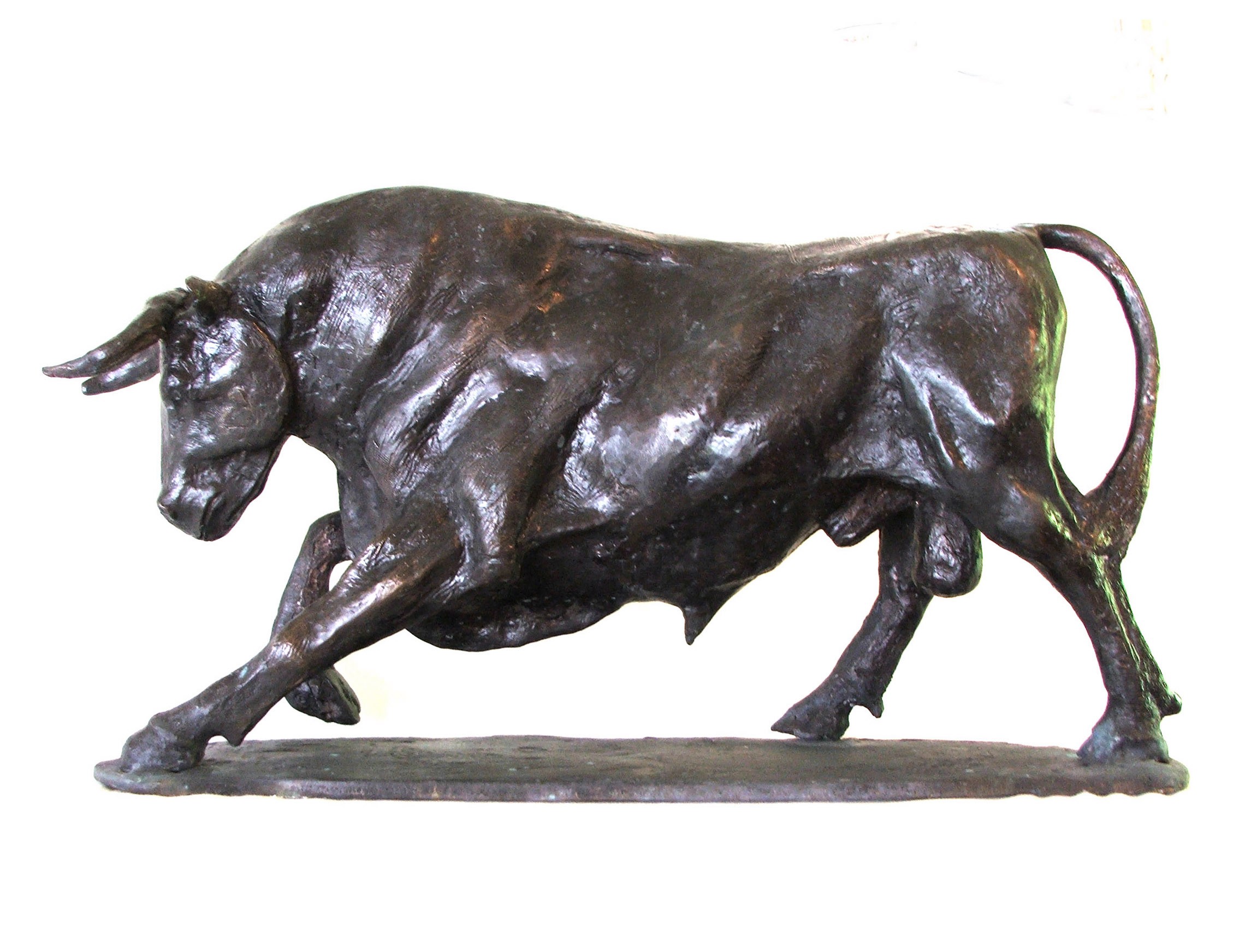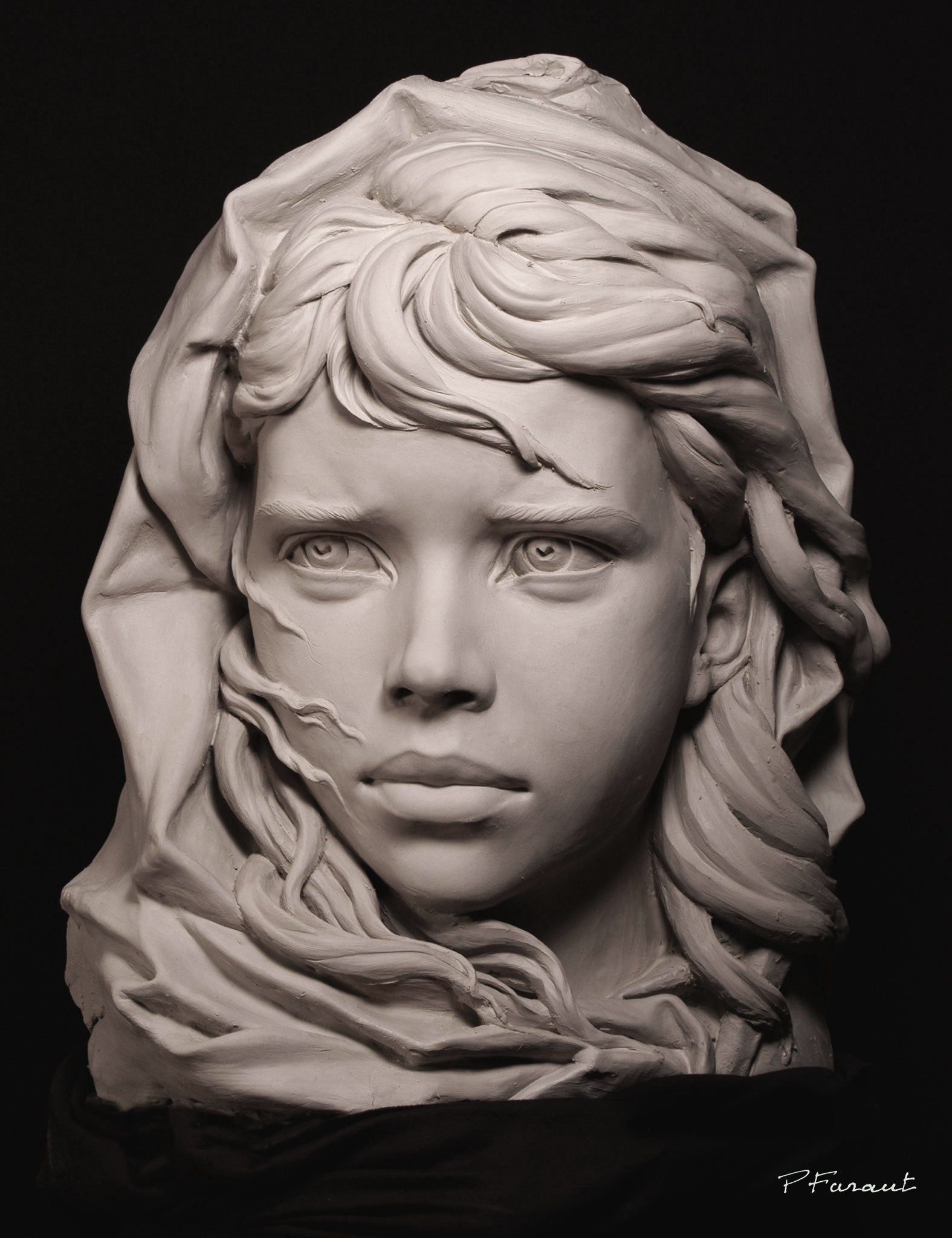The Advancement of Sculptures: From Old to Modern
The Development of Sculptures: From Ancient to Modern. Bronze Sculptures.
Sculpture, one of the earliest kinds of art, has been an indispensable part of human world for millennia. From the old civilizations of Egypt and Greece to the contemporary age, sculptures have advanced, mirroring changes in creative techniques, materials, and social impacts. This journey through time traces the growth of sculptures, checking out the changes in design, subject matter, and creative expression.
Starting with the ancient globe, sculptures crafted from stone and later on bronze recorded the essence of divine beings, leaders, and everyday life. The Renaissance period saw a rebirth of classical sculpting methods, as musicians looked for to mimic the graceful forms of ancient Greek and Roman sculptures (Robert C Hitchcock Sculptor). In the modern era, musicians challenged conventional boundaries, welcoming abstraction and testing with brand-new materials
This expedition will delve right into the diverse evolution of sculptures, disclosing the rich tapestry of imaginative expression across various periods and societies.

Ancient Sculptures: From Stone to Bronze
Old sculptures transitioned from being carved out of rock to being cast in bronze. This shift marked a significant advancement in the art of sculpture, permitting higher refinement and information in the finished jobs. Rock sculptures, while outstanding in their very own right, were limited by the nature of the product. Rock required substantial sculpting and forming, often leading to a much more simplified depiction of the topic.
The introduction of bronze as a medium for sculptures brought about a revolution in creative expression. Bronze provided artists the possibility to develop intricate and lifelike types that were not feasible with stone. The process of casting bronze permitted the development of numerous copies of a sculpture, enabling bigger circulation and conservation of these artistic masterpieces.
The shift from rock to bronze additionally saw a change in the topic of sculptures. While rock sculptures mostly depicted gods, goddesses, and mythical numbers, bronze sculptures started to show a more comprehensive range of subjects, consisting of day-to-day individuals and pets. This growth of subject issue showcased the convenience and flexibility of the bronze tool.
Renaissance Resurgence: Shaping in the Timeless Style
The Renaissance rebirth of sculpture witnessed a revival in the classical design, structure upon the developments made during the change from rock to bronze in ancient sculptures. Throughout this period, artists looked for to recreate the timeless aesthetic and ideals of beauty that prevailed in old Greek and Roman sculptures.
Among the essential qualities of the Renaissance revival was the emphasis on naturalism and the human type. Artists like Donatello and Michelangelo make every effort to record the anatomical details and expressions of their topics with extraordinary precision. They researched the body and integrated their observations right into their sculptures, causing realistic and practical representations.
An additional crucial facet of the Renaissance revival was the exploration of perspective and deepness. Artists utilized techniques such as contrapposto, where the weight of the body is moved away, creating a feeling of movement and dynamism. They likewise try out various materials, consisting of marble and bronze, to accomplish a degree of sophistication and ins and out in their sculptures.

Innovation and the Avant-Garde: Breaking Traditional Limits
During the Innovation and Avant-Garde movements, carvers pushed the limits of typical artistic conventions. This period, which arised in the late 19th and early 20th centuries, saw a significant change in the method artists approached sculpture. Denying the notion of art as plain imitation, modernist carvers sought to check out brand-new types, products, and concepts.
One of the key qualities of modernist sculpture was the focus on abstraction. Artists moved away from practical depictions and rather focused on capturing the essence of the topic via streamlined kinds and geometric shapes. This departure from standard depiction allowed musicians to express their emotions and concepts in a more subjective and individual fashion.

Contemporary Sculptures: Discovering New Materials and Concepts
With a concentrate on checking out brand-new materials and concepts, contemporary sculptures have changed the area of art. Artists today are pushing the boundaries of traditional sculpture by exploring and making use of innovative products with abstract concepts. These sculptures challenge conventional notions of meaning, type, and materiality, welcoming viewers to take part in a brand-new and provocative imaginative experience.
Contemporary carvers are welcoming a vast array of materials, including plastic, glass, metal, and even raw material. They are not restricted to the standard tool of stone or clay, enabling for greater civil liberty and experimentation. This shift towards non-traditional materials has actually opened brand-new opportunities for musicians to produce sculptures that are dynamic, interactive, and visually striking.
In enhancement to checking out new products, modern sculptures likewise explore facility and abstract concepts. Artists are currently checking out themes such as identification, social problems, and the atmosphere, using sculpture as an effective tool for social commentary and self-questioning. These sculptures challenge visitors to assume critically and involve with art on a much deeper level, triggering conversations and prompting psychological responses.
International Influences: Sculptural Practices From All Over The World
Sculptural customs from different areas of the world have considerably formed the development of sculptures throughout background. The worldwide impacts on sculpture have been varied and have added to the splendor and range of artistic expressions. From the old people of Egypt, Greece, and Rome to the intricate makings of Oriental societies, each region has developed its special sculptural customs that have affected musicians across time.
In ancient Egypt, sculptures were developed mainly for funerary and spiritual functions. The legendary sculptures of gods and pharaohs, such as the Great Sphinx and the bust of Queen Nefertiti, display the Egyptians' mastery of stone sculpting and their idea in the afterlife.

In ancient Rome, sculpture served both creative and political objectives. Roman sculptures commonly depicted emperors, generals, and mythical numbers, reflecting the power and magnificence of the realm. The marble statue of Augustus of Prima Porta and the significant Arc of Constantine are remarkable examples of Roman sculptural success.
Eastern sculptural traditions, especially in India, China, and Japan, have likewise had an extensive effect on the advancement of sculptures. Indian sculptures, such as the intricately carved temples of Khajuraho and the gigantic statuaries of Buddha, show a rich blend of spiritual, mythical, and building components. Chinese sculptures, characterized by their great workmanship and focus to information, typically represent divine beings, pets, and legendary figures. Japanese sculptures, influenced by Buddhism, highlight simpleness and harmony, seen in the tranquil statuaries of Buddha and the elegant art of bonsai.
The worldwide influences on sculpture proceed to develop in the modern period. As we look to the future, it is specific that the global impacts on sculpture will proceed to shape and redefine this old art kind.
Verdict
In final thought, the evolution of sculptures has actually seen a change from ancient stone and bronze functions to the timeless resurgence during the Renaissance. Today, modern sculptures discover new materials and principles, while likewise attracting inspiration from worldwide sculptural practices.
From the old worlds of Egypt and Greece to the modern-day era, sculptures have advanced, reflecting changes in creative strategies, products, and cultural influences.Starting with the old world, sculptures crafted from stone and later on bronze captured the essence of deities, rulers, and daily life.Old sculptures transitioned from being sculpted out of stone to being cast in bronze. While rock sculptures predominantly illustrated gods, sirens, and mythical numbers, bronze sculptures started to reflect a wider array of topics, consisting of daily individuals and pets.In final thought, the development of sculptures has seen a shift from old rock and bronze works to the timeless rebirth throughout the Renaissance.